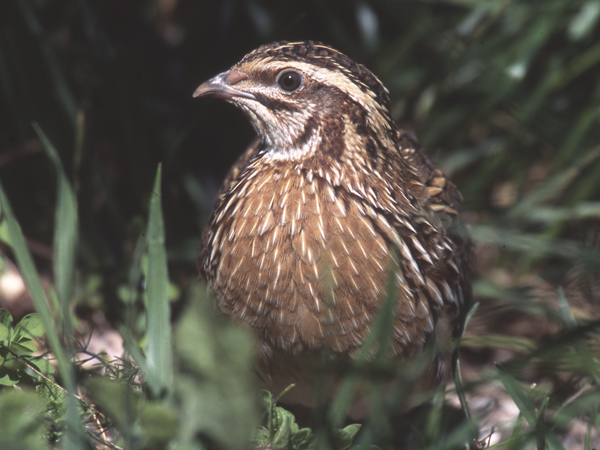The threatened black bee
- Six years ago, I did my first apiculture course. Today my trade is that of beekeeping. When I bought the first bees, I didn't even know that there were bees of different races, I don't know what someone could buy, "It's going to be a black bee, right? ". he asked me. I started looking at what they called the "black bee," and I met the Erbel association.

Erbeltz's main objective is to create and implement an improvement program for the bee Apis mellifera iberiensis.
With bees adapted to local conditions for many years, they aim to improve production, reduce aggressiveness and increase resistance to mud, distinguishing bees with the appropriate characteristics for the growth of the queens of the next generations.
It is well known that local bee populations have a level of diversity appropriate to adapt to changes in their environment and to the conditions of the ecosystem and, consequently, local populations are more productive when they are in their ecosystem. In particular, although the population of the Iberian Peninsula is well adapted to its environment, it shows a great defensive character (aggressive), it tends to expel the swarm and the mud can be hit by the mite. These three characteristics are not desirable for beekeepers, because, on the one hand, if the bees were slower, it would be easier to work on a daily basis and the beekeeper would enjoy them more; on the other hand, if they cast fewer bumblebees, the beekeeper would have less work and would be more productive; and, finally, if they were able to cope with mud, it would require less caress and facilitate handling. All this would also increase production.
There are certain breeds of bees that have more desirable characters, that have genetically developed these improvements, and that in modern beekeeping they are easy to buy bees from those breeds. Bringing bees of this kind around us leads to serious problems.
The queens of each hive are covered flying and the problems may arise on the deck, as it does not depend on the beekeeper with which breeds they will be covered. The genetic diversity of our race would change if they were coated with bumblebees of another race. This would alter the genes of a well-adapted breed with the genes of the unadapted bumblebee. Bees born from this queen's eggs would be hybridized and would have problems in their survival because they would have a genetics not adapted to our environment.
Therefore, the comfort of beekeepers and the interest in high production have called into question the native breed, to which bees rely on their favourite behaviour.
Thanks to the work of the hares it has been possible to see great improvements in the native bees and has brought the black bee, the native, up to the level of other attractive breeds.
Let's try to work with our bee!
Eskola inguruko natur guneak aztertu dituzte Hernaniko Lehen Hezkuntzako bost ikastetxeetako ikasleek. Helburua, bikoitza: klima larrialdiari aurre egiteko eremu horiek identifikatu eta kontserbatzea batetik, eta hezkuntzarako erabiltzea, bestetik. Eskola bakoitzak natur eremu... [+]
Andeetako Altiplanoan, qocha deituriko aintzirak sortzen hasi dira inken antzinako teknikak erabilita, aldaketa klimatikoari eta sikateei aurre egiteko. Ura “erein eta uztatzea” esaten diote: ura lurrean infiltratzen da eta horrek bizia ekartzen dio inguruari. Peruko... [+]
Biologian doktorea, CESIC Zientzia Ikerketen Kontseilu Nagusiko ikerlaria eta Madrilgo Rey Juan Carlos unibertsitateko irakaslea, Fernando Valladares (Mar del Plata, 1965) klima aldaketa eta ingurumen gaietan Espainiako Estatuko ahots kritiko ezagunenetako bat da. Urteak... [+]
Nola azaldu 10-12 urteko ikasleei bioaniztasunaren galerak eta klima aldaketaren ondorioek duten larritasuna, “ez dago ezer egiterik” ideia alboratu eta planetaren alde elkarrekin zer egin dezakegun gogoetatzeko? Fernando Valladares biologoak hainbat gako eman dizkie... [+]





















